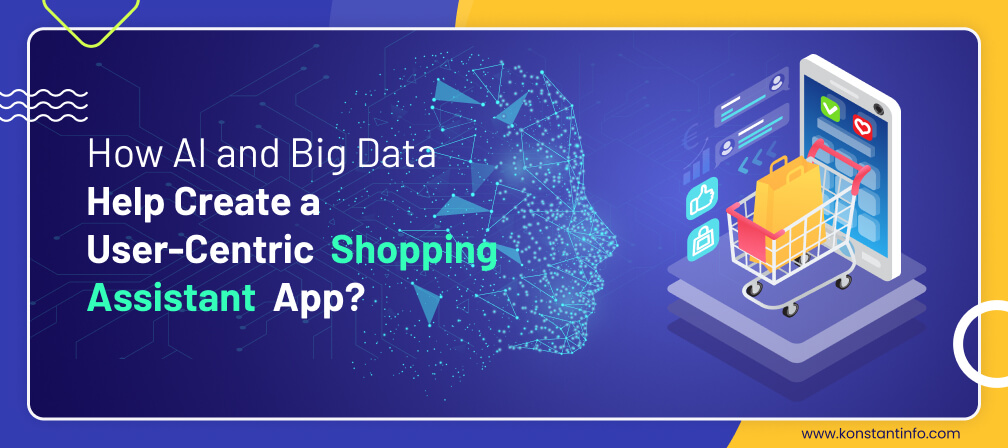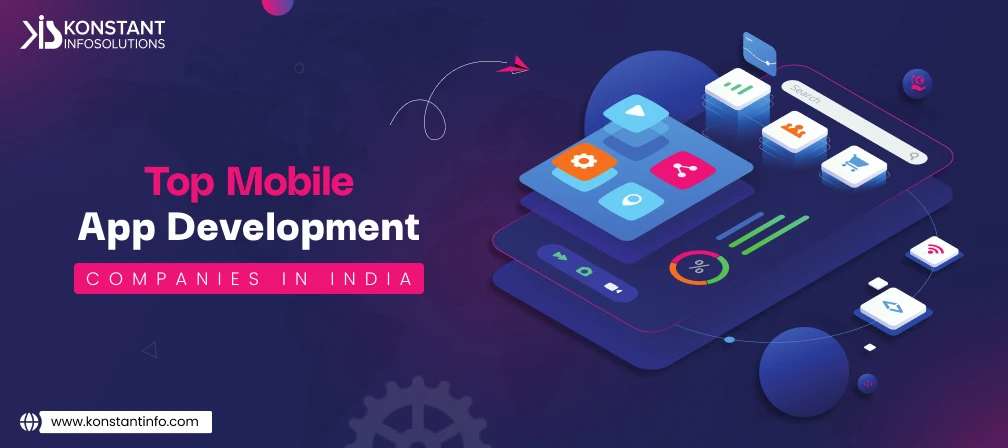
Convenience is something that people look out for while shopping. Building an e-commerce store is easy, provided the developer is aware of the basics. What is it that the customers want to see? What is it that Google is looking out for? How can the conversion rates be increased? How to increase the traffic over the app/website?

Retail e-commerce sales worldwide from 2014 till 2021 (in US billion dollars)
This statistic illustrates retail e-commerce sales worldwide from 2014 till 2021. Convenience to customers is directly proportional to the success of the e-Commerce industry. It is the measure of effectiveness and quickness that the marketers. With the increased intolerance for irrelevant content and time constraints, people get easily drawn towards improved search methods, where they get similar suggestions NLP and AI can make semantic search engines more precise and accurate.
Search is not only focused on keywords but it also depends upon recognizing types, synonyms, and product relations. Personal shopper assistants are customized to do following functions:
Personal shoppers assist customers in booking/processing orders on behalf of customers, via emails, chat or phone calls. A virtual shopping assistant or chat-bot is an AI-based software program that companies use to expand their business. Generally shopping assistants function as follow:
Shopping/e-commerce chat-bots (virtual assistants) enable Fortune 500 brands to acquire new customers, increase LTV and remove the need for redundant customer care support via automated chat. It as well eases working in shifts, according to various time zones, round the clock. Brands have been able to exceed 65% message open rates, 25% CTR, 4X revenue lift and reduce service costs by up to 20%.
The virtual assistants/chatbots scan the entire product offerings of the site and then offer the customer a unique and innovative shopping experience. Combining chatbots with email marketing strategy can ultimately prove to be a double whammy. Chatbots can be used to mass message customers, can be used to send them old chats or reminder messages when a product is back in stock, or a similar product is available at a lesser price.
Some of the most interesting examples of chat-bots are:
These provide easy and cost-effective solutions through natural language drag and drop interface.
A bot’s capabilities can as well be automated simply but dragging them from pre-built ability library (or even creating your own) can further configure the data source and systems that ability touches in the settings.
A bot can be programmed to recognize the language, which can immensely help in ensuring that it understands the brand or location-specific jargon used by customers to find the products. Bot’s response can also be customized to be more conversational (going all the way along from chit-chatty down to simple commands).
Big data and Artificial Intelligence (Data Intelligence) has powered shopping assistants to perform without human consultation:
Although many people still prefer to interact with real people while making a shopping decision, still virtual assistant programs like Siri, Cortana, and Alexa mimic human interaction to provide factual answers to user requests.
Overall personal shopping assistants help to provide users with a customized shopping experience, continuous learning from interactions with the client (as it becomes possible for machines to learn), process customers’ orders through live chats or telephones, recommend merchandise to clients on every order call, ensure customer satisfaction by presenting them with prime product information, ensure that season must-haves and latest trends are being recommended based on their purchase history and search behavior, identify and resolve any problems that customers have from catalog and internet, ensure to track client packages, support customers for replacement and exchanges, process financial adjustments as necessary, stimulate feedback from clients, providing expert advice related to fashion trends etc.
Trust us to create an app to level up e-commerce platform i.e. shopping assistant apps, we create Personal shopping assistant apps to make running your business a breeze. It is a no-risk/high reward situation that is effective enough to draw conversions. Want more info? Ensure to contact our experts for more tips, trends in app development and some food for thought.



Neeti Kotia is a technology journalist who seeks to analyze the advancements and developments in technology that affect our everyday lives. Her articles primarily focus upon the business, social, cultural, and entertainment side of the technology sector.
Or send us an email at: [email protected]